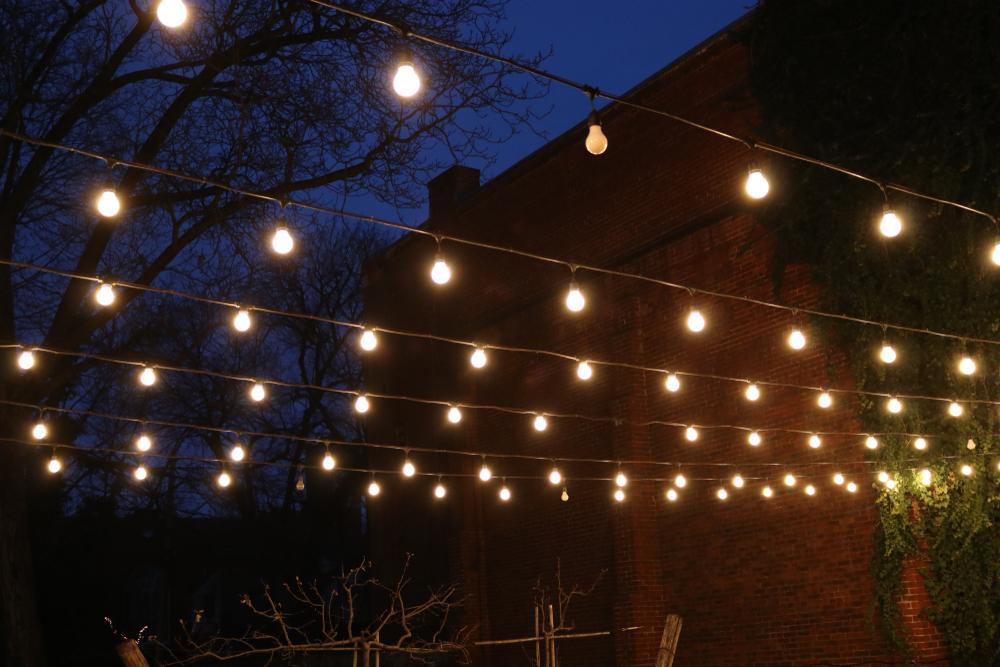Most people love fairy lights. The dainty luminescence with which we festoon our gardens and verandas delivers an air of Santa’s grotto enchantment. The thought of a fancy evening soirée with a glass of fizz—sans garden illumination? The horror of it! Like fireworks, the bright colors delight our senses and take us back to childhood memories of festivals, holidays, and all things exciting.
Growing up, Christmas was the time when it seemed the whole world was covered in them—every house front, every garden, every tree (even deciduous ones!). Now, they seem to be lighting up our neighborhoods every day of the year. Meanwhile, motion sensors on our houses trigger lights strong enough to illuminate an entire football stadium when an utterly terrified nocturnal animal passes by.





